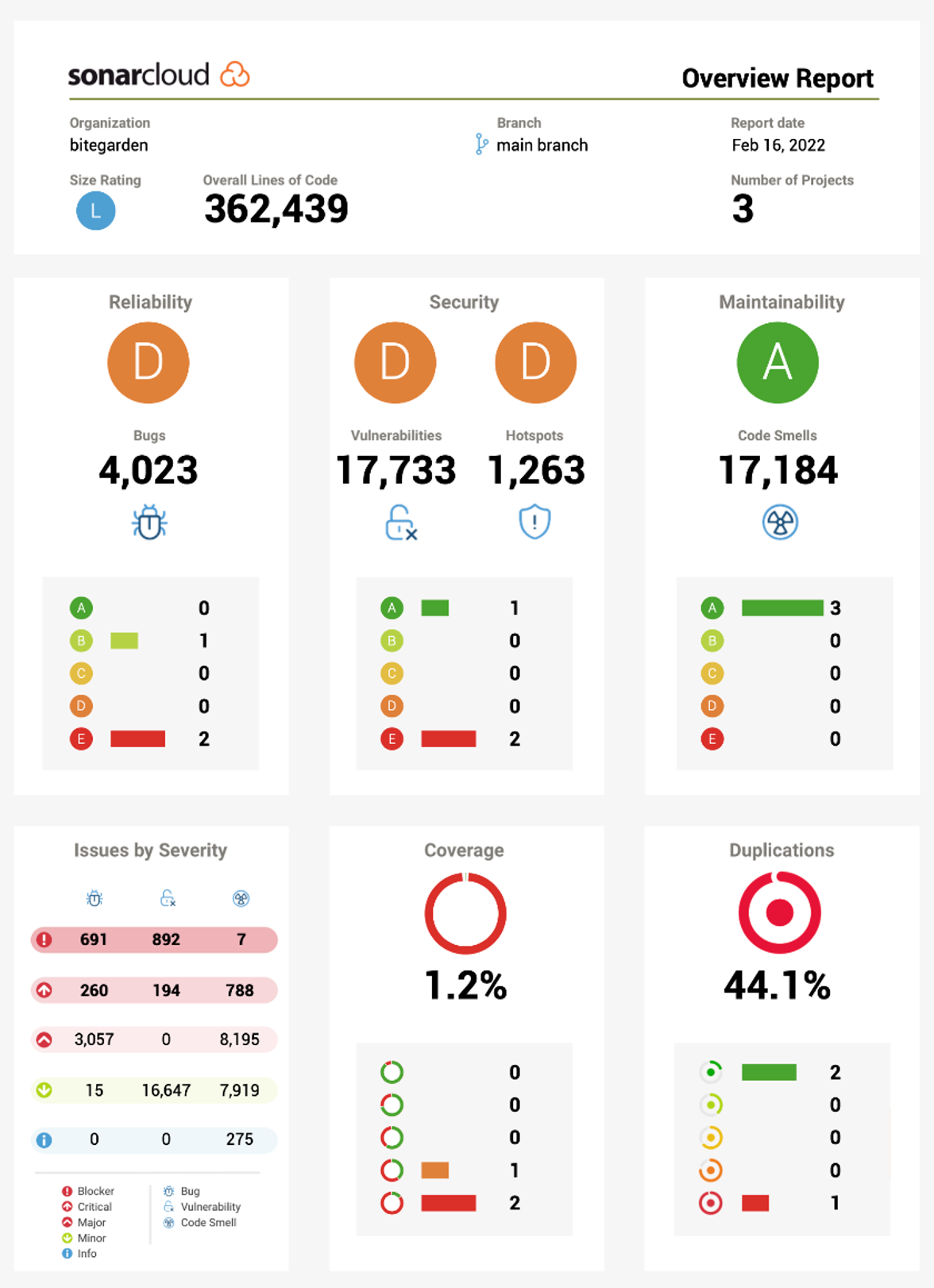Mind, writing and happiness
May 6, 2022
What do you know about maintainability?
Statistics show that developers who work with cleaner code feel in better working conditions, are happier and as a consequence produce more. This brings us directly to the concept of clean code.
The art of working on a project that has been created using Agile techniques, which ensure the quality of the code, leads directly to maintainability.
But what exactly is clean code?
Starting from the beginning, the term was named by Robert Cecil Martin in 2008, in his book “Clean Code: A Handbook of Agile Software Craftsmanship”. The author predecessor, author and driving force behind the Agile Manifesto, is known for developing several of the principles of software design. It was he who identified that the main problem in software development was the code and, as a result, established techniques for improving and programming projects.
For programmers, creating clean code is like a work of art. Some authors specialising in the field describe it as follows:
-
Grady Booch, author of Object Oriented Analysis and Design with Applications: Clean code is simple and straightforward, reads like well-written text, and does not hide the designer’s intent, but shows clear abstractions and lines of control.
-
Dave Thomas, founder of OTI, the godfather of the Eclipse strategy: Clean code can be read and improved by a programmer who is not its general author. It has unit and acceptance tests. It has meaningful names. It offers one, not multiple, ways of doing something. It has minimal dependencies, is explicitly defined, and provides clear and minimal APPI. The code must be cultured in terms of language, as not all information can be expressed clearly in the code.
The principles of the clean code, established by Martin
Be elegant with the code to avoid more arduous and costly work. Simplicity and minimalism are also immersed in programming, having the same effects as in life. The less cluttered a space is, the less energy our body will spend on it, the same happens with our project, if it is less cluttered, the easier it will be to work on it and the more at ease we will feel.
Use common sense when assigning names. Choosing names that are associated with the action they are indicating and that are legible will make it easier for programmers who have to work on the same project in the future.
Make each function as small as possible and make it do only one function, i.e. separate functions for each action you want to program.
Use common sense when assigning names. Choosing names that are associated with the action they are indicating and that are legible will make it easier for programmers who have to work on the same project in the future.
Make each function as small as possible and make it do only one function, i.e. separate functions for each action you want to program.
And above all, the comments you make must be of quality, necessary and correct.
“Truth can only be found in one place: the code”
Which tool can help you?
As a good programmer, you should work with SonarQube (on-premise) or SonarCloud (as a service), a tool that allows you to improve code quality and security, thanks to the fact that it identifies reliability, security, security review, maintainability, coverage, duplications, size, and more and more code quality metrics.
Furthermore, it is important to be able to visualize the quality of the code in order to improve it.
Overview Report for SonarQube or SonarCloud can give you the opportunity to display a single page report with the aggregated metrics. It also includes support for both English and Spanish, access to all SonarCloud languages and technologies and customisation of the logo in the footer.
If you want to get into programming, we recommend this reading: “Clean Code: A Handbook of Agile Software Craftsmanship”.

bitegarden team
Helping companies to develop better software